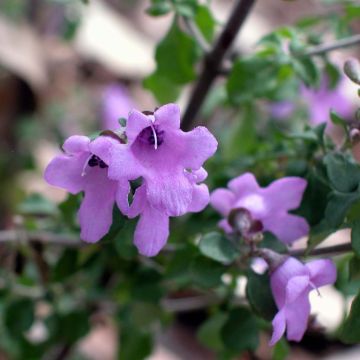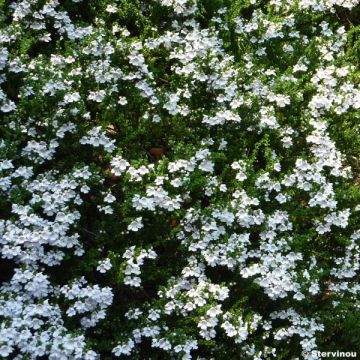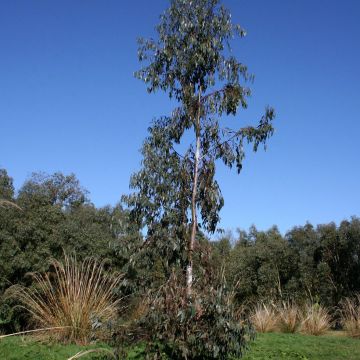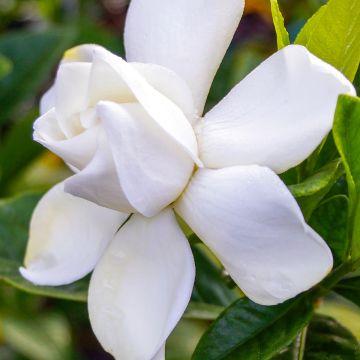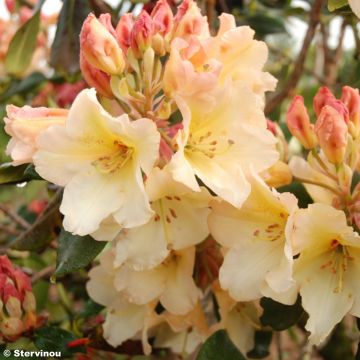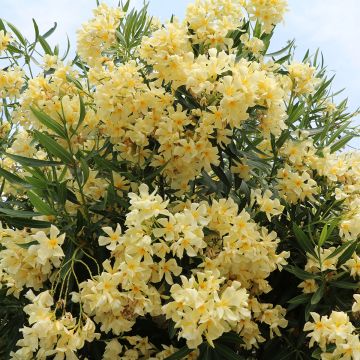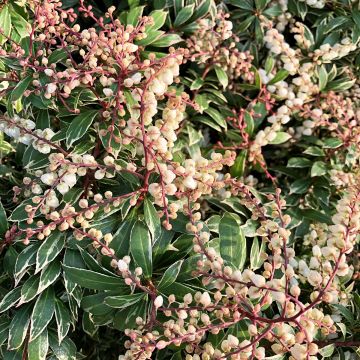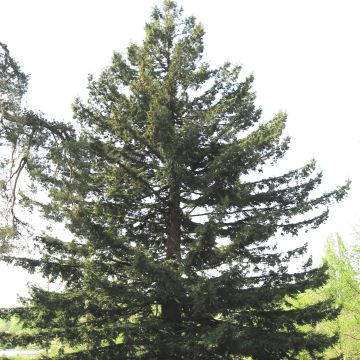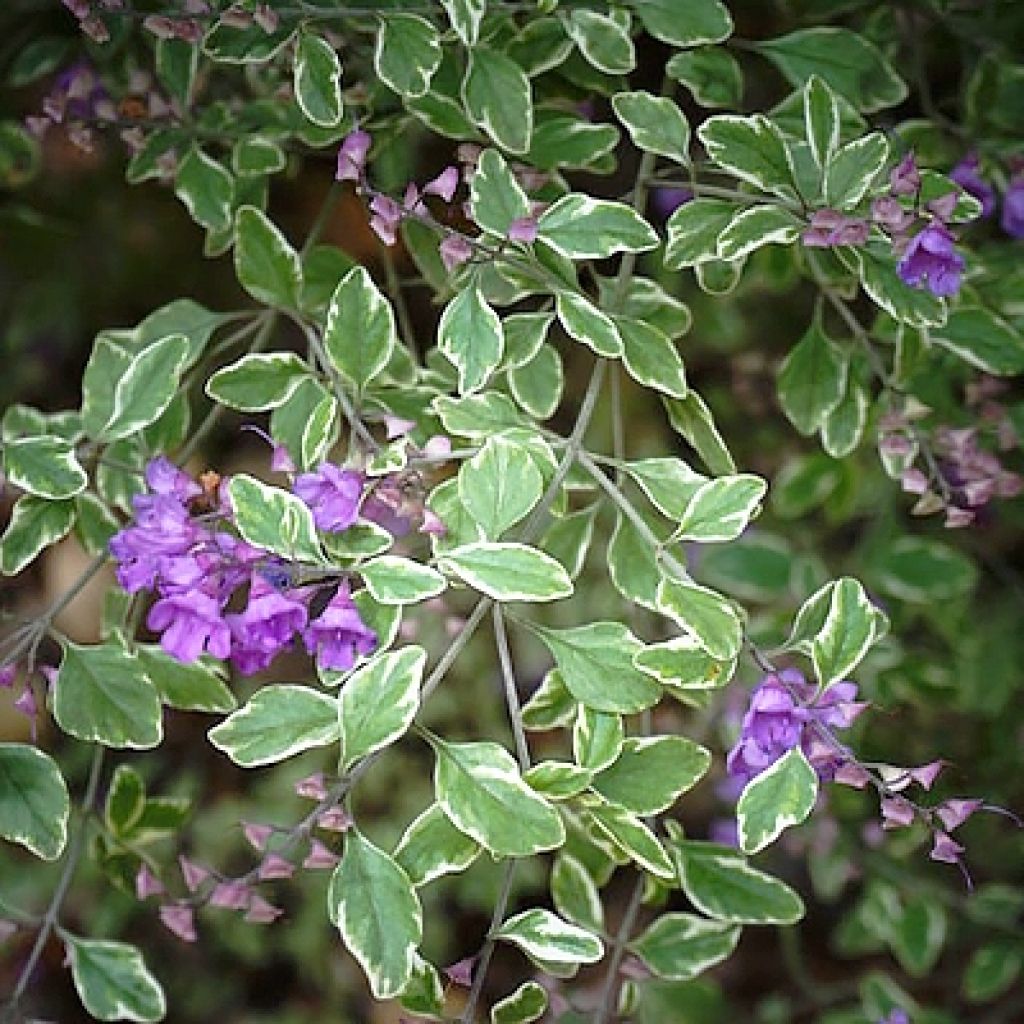

Prostanthera rotundifolia Variegata
Prostanthera rotundifolia Variegata
Prostanthera rotundifolia Variegata
Round-leaf Mint Bush, Australian Mint Bush
Special offer!
Receive a €20 voucher for any order over €90 (excluding delivery costs, credit notes, and plastic-free options)!
1- Add your favorite plants to your cart.
2- Once you have reached €90, confirm your order (you can even choose the delivery date!).
3- As soon as your order is shipped, you will receive an email containing your voucher code, valid for 3 months (90 days).
Your voucher is unique and can only be used once, for any order with a minimum value of €20, excluding delivery costs.
Can be combined with other current offers, non-divisible and non-refundable.
Why not try an alternative variety in stock?
View all →This plant carries a 24 months recovery warranty
More information
We guarantee the quality of our plants for a full growing cycle, and will replace at our expense any plant that fails to recover under normal climatic and planting conditions.
Would this plant suit my garden?
Set up your Plantfit profile →
Description
Prostanthera rotundifolia 'Variegata', sometimes called the Australian Mint Bush because of its origins, is a frost-tender shrub, which is well adapted to dry and poor soils. It forms a clear, rounded mass, with small leaves of olive green or slightly greyish-green, variegated with cream. Its highly aromatic foliage is not its only asset, because in spring, it is covered with a multitude of small tubular flowers, gathered in violet clusters. Its flowering lasts for several weeks in generous abundance. This shrub can be grown in the ground in mild Mediterranean zones and will also adapt well to pot cultivation elsewhere, so it can be brought indoors during cold periods.
Prostanthera rotundifolia is native to eastern Australia, New South Wales, Victoria, and Tasmania. It is a plant that thrives in well-drained and dry soil, and also does well in oceanic climates, as evidenced by beautiful specimens planted in sheltered positions in some gardens in Cornwall. This highly branched bush has a rounded, slightly spreading habit, supported by slender, square-sectioned and villous branches. Its growth is quite fast in moist soil, a bit slower in dry and poor soil. The lifespan of this plant is about 6 to 8 years, including in its native lands. An adult specimen will reach an average height of 2 m (7ft) with a spread of 1.50 m (5ft).
The cultivar 'Variegata' is slightly less vigorous than the type, reaching a height of 1.50 to 1.80 m (5 to 6ft) with a spread of 1 m (3ft) to 1.20 m (4ft). Its evergreen foliage consists of small, simple, opposite, rounded to ovate leaves, measuring only 1 cm (1in) to 1.5 cm (1in) in length. They are olive green in colour, with variegation or rather a cream-white margin that runs along the leaf lamina, making the foliage even more decorative. Pleasing to the senses, it is also highly aromatic, releasing a very pleasant menthol fragrance when crushed. The flowering takes place in April-May and lasts for several weeks. The small bell-shaped flowers with 5 lobes are grouped in clusters of 5 to 7 cm (2 to 3in) in length. They emerge from the axils of reduced leaves, on lateral branches. The flowers vary between 0.5 and 1 cm (1in) in length in light violet to purple shades. The fruit is a small almond.
The Australian Mint is elegant and charming all year round with its beautifully marginated miniature leaves, which are particularly delightful in spring. The shrub is tolerant of soil conditions including sea spray and resistant to drought. It only dislikes the cold, which can make it disappear in temperatures below -5°C/-6°C if the soil is not sufficiently well-drained. It requires little maintenance and even prefers to be forgotten from time to time, especially in summer. Light annual pruning after flowering will help maintain its density. It will easily establish itself in gardens along the Atlantic or Mediterranean coast. It creates beautiful borders, along a wall, or in a well-drained flower bed, alongside plants that thrive in mild climates. Combine it with the magnificent Grevillea gracilis Clearview David with its long-lasting scarlet-red flowers, the astonishing Acacia baileyana Purpurea, a Mimosa with purple young shoots, to create a unique contrast with delicate charm, or the dazzling Ceanothus Dark Star with its incredibly blue flowers.
Prostanthera rotundifolia Variegata in pictures


Plant habit
Flowering
Foliage
Botanical data
Prostanthera
rotundifolia
Variegata
Lamiaceae
Round-leaf Mint Bush, Australian Mint Bush
Cultivar or hybrid
Other Prostanthera
View all →Planting and care
Prostanthera rotundifolia 'Variegata' should preferably be planted in spring, after the last frost, or in autumn in very mild climates, in a sunny position. It is undemanding on the nature of the soil, as long as it is perfectly drained. It adapts to any sandy, rocky, gravelly, poor, acidic to clay-limestone soil. Growing it in a pot allows better control of the substrate and allows the plant to be stored frost-free in a borderline hardiness zone, to -6/-7°C (21.2/19.4°F) for a well-established plant. The potting soil for Mediterranean plants is also well suited for container or open ground cultivation. As the plant dislikes the combination of heat and humidity, watering in pots should be spaced out, allowing the substrate to dry between waterings.
Prostanthera plants are generally drought-resistant once well established: monitor watering during the first 2 summers, and then as necessary. Like Westringia, lavender and rosemary, these shrubs sometimes prefer to be forgotten rather than pampered. Watering in summer, apart from that provided by the rain, should be avoided. In open ground, they appreciate the presence of a thick mulch layer and a fertiliser application for flowering bushes if the soil is very poor.
The Australian Mint can be lightly pruned after flowering to maintain a dense habit, which will be an opportunity for the gardener to breathe in its minty aroma!
Planting period
Intended location
Care
Planting & care advice
This item has not been reviewed yet - be the first to leave a review about it.
Similar products
Haven't found what you were looking for?
Hardiness is the lowest winter temperature a plant can endure without suffering serious damage or even dying. However, hardiness is affected by location (a sheltered area, such as a patio), protection (winter cover) and soil type (hardiness is improved by well-drained soil).

Photo Sharing Terms & Conditions
In order to encourage gardeners to interact and share their experiences, Promesse de fleurs offers various media enabling content to be uploaded onto its Site - in particular via the ‘Photo sharing’ module.
The User agrees to refrain from:
- Posting any content that is illegal, prejudicial, insulting, racist, inciteful to hatred, revisionist, contrary to public decency, that infringes on privacy or on the privacy rights of third parties, in particular the publicity rights of persons and goods, intellectual property rights, or the right to privacy.
- Submitting content on behalf of a third party;
- Impersonate the identity of a third party and/or publish any personal information about a third party;
In general, the User undertakes to refrain from any unethical behaviour.
All Content (in particular text, comments, files, images, photos, videos, creative works, etc.), which may be subject to property or intellectual property rights, image or other private rights, shall remain the property of the User, subject to the limited rights granted by the terms of the licence granted by Promesse de fleurs as stated below. Users are at liberty to publish or not to publish such Content on the Site, notably via the ‘Photo Sharing’ facility, and accept that this Content shall be made public and freely accessible, notably on the Internet.
Users further acknowledge, undertake to have ,and guarantee that they hold all necessary rights and permissions to publish such material on the Site, in particular with regard to the legislation in force pertaining to any privacy, property, intellectual property, image, or contractual rights, or rights of any other nature. By publishing such Content on the Site, Users acknowledge accepting full liability as publishers of the Content within the meaning of the law, and grant Promesse de fleurs, free of charge, an inclusive, worldwide licence for the said Content for the entire duration of its publication, including all reproduction, representation, up/downloading, displaying, performing, transmission, and storage rights.
Users also grant permission for their name to be linked to the Content and accept that this link may not always be made available.
By engaging in posting material, Users consent to their Content becoming automatically accessible on the Internet, in particular on other sites and/or blogs and/or web pages of the Promesse de fleurs site, including in particular social pages and the Promesse de fleurs catalogue.
Users may secure the removal of entrusted content free of charge by issuing a simple request via our contact form.
The flowering period indicated on our website applies to countries and regions located in USDA zone 8 (France, the United Kingdom, Ireland, the Netherlands, etc.)
It will vary according to where you live:
- In zones 9 to 10 (Italy, Spain, Greece, etc.), flowering will occur about 2 to 4 weeks earlier.
- In zones 6 to 7 (Germany, Poland, Slovenia, and lower mountainous regions), flowering will be delayed by 2 to 3 weeks.
- In zone 5 (Central Europe, Scandinavia), blooming will be delayed by 3 to 5 weeks.
In temperate climates, pruning of spring-flowering shrubs (forsythia, spireas, etc.) should be done just after flowering.
Pruning of summer-flowering shrubs (Indian Lilac, Perovskia, etc.) can be done in winter or spring.
In cold regions as well as with frost-sensitive plants, avoid pruning too early when severe frosts may still occur.
The planting period indicated on our website applies to countries and regions located in USDA zone 8 (France, United Kingdom, Ireland, Netherlands).
It will vary according to where you live:
- In Mediterranean zones (Marseille, Madrid, Milan, etc.), autumn and winter are the best planting periods.
- In continental zones (Strasbourg, Munich, Vienna, etc.), delay planting by 2 to 3 weeks in spring and bring it forward by 2 to 4 weeks in autumn.
- In mountainous regions (the Alps, Pyrenees, Carpathians, etc.), it is best to plant in late spring (May-June) or late summer (August-September).
The harvesting period indicated on our website applies to countries and regions in USDA zone 8 (France, England, Ireland, the Netherlands).
In colder areas (Scandinavia, Poland, Austria...) fruit and vegetable harvests are likely to be delayed by 3-4 weeks.
In warmer areas (Italy, Spain, Greece, etc.), harvesting will probably take place earlier, depending on weather conditions.
The sowing periods indicated on our website apply to countries and regions within USDA Zone 8 (France, UK, Ireland, Netherlands).
In colder areas (Scandinavia, Poland, Austria...), delay any outdoor sowing by 3-4 weeks, or sow under glass.
In warmer climes (Italy, Spain, Greece, etc.), bring outdoor sowing forward by a few weeks.































